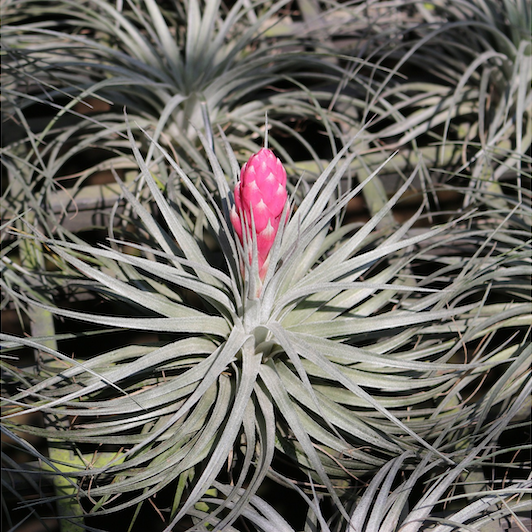Air plants (Tillandsia) are best known for their ability to grow without soil, clinging to tree branches, driftwood, or sitting freely in decorative displays. But one of the most delightful moments in an air plant’s life is when it blooms—a striking and often unexpected burst of color.
Though these blooms come just once in a plant’s lifetime, they’re worth the wait. With a little attention to care, you can encourage your air plants to flower and enjoy their unique and varied blooms.
When Do Air Plants Bloom?
Most air plants bloom when they reach maturity, which can take anywhere from one to three years depending on the species and growing conditions. Blooming often occurs in the spring or summer, triggered by longer days and warmer temperatures. Indoor plants may bloom at other times if given consistent light and care.
Signs of an impending bloom include a noticeable color shift in the central leaves—often turning pink, red, or orange—as the plant prepares to flower.
Encouraging Blooms: Light, Water, and Fertilizer
Air plants are generally easy to care for, but blooming requires a bit of extra attention. To encourage flowers:
A Range of Bloom Forms and Colors
Air plant blooms are wonderfully diverse. Some are delicate and tubular, others bold and bracted. Here are a few examples of popular species and their flowers:
In general, colors range from pastel pinks and yellows to bold reds and deep purples, making each species a unique addition to your plant collection.
After the Bloom: What’s Next?
Air plants only bloom once, but that bloom marks the start of something new. After flowering, the plant begins to produce “pups”—small offsets that grow at the base. These can be separated and grown on their own or left to form clusters for a fuller display.
Though the mother plant will eventually decline, the next generation carries on—and with good care, they too will bloom in time.
Final Thoughts
A blooming air plant is more than just a pretty flower—it’s a celebration of time, patience, and the quiet drama of tropical life. With just a little help from you, Tillandsia will reward your care with dazzling displays in miniature, colorful forms. Whether you’re growing a single plant or collecting a variety, the bloom is always a special event worth savoring.
